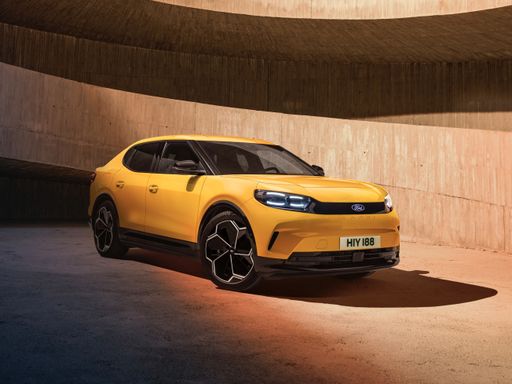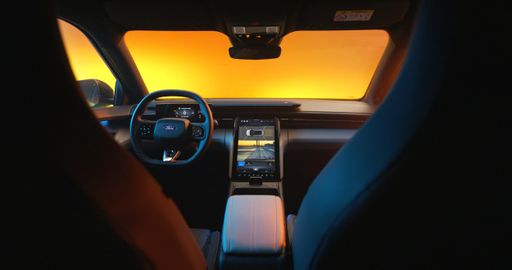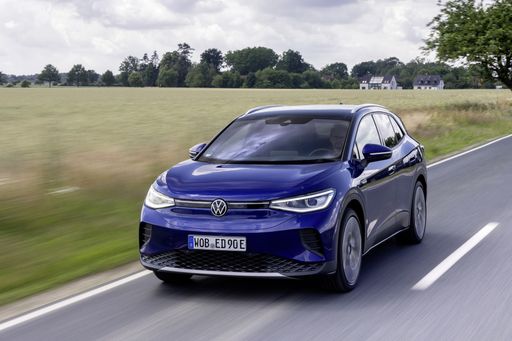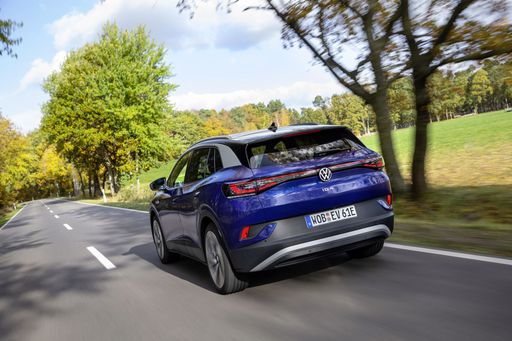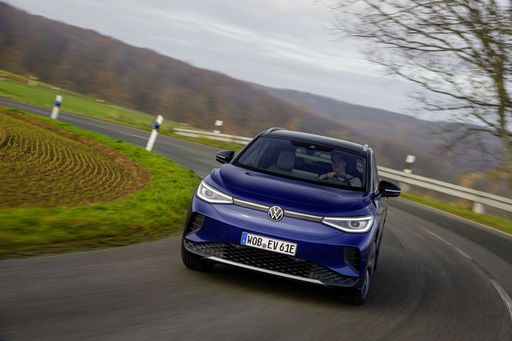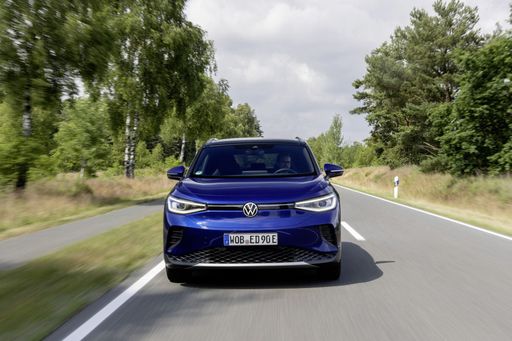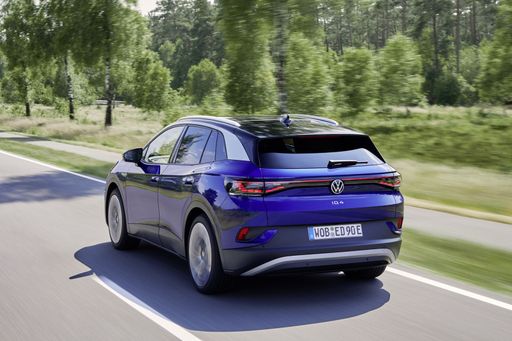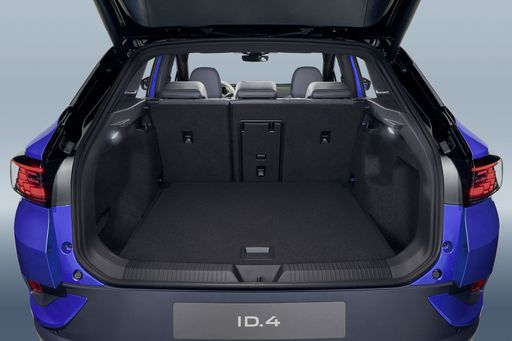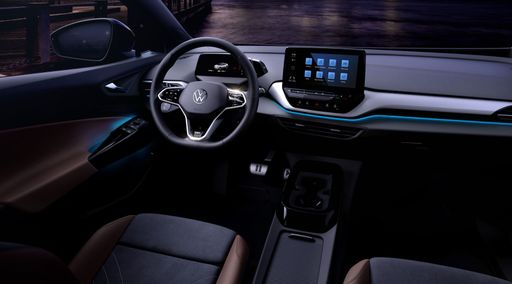A Tale of Two Personalities
The contrast between the two is almost theatrical: the Ford Capri plays the part of the cheeky, sporty alternative, while the VW ID.4 cuts a cooler, more composed figure. One leans into driver engagement and looks that invite smiles, the other favours subtlety and everyday composure. Both have clear character and both will attract different types of buyers who value style or restraint. Picking between them feels less like ticking boxes and more like choosing a mood for your driveway.

